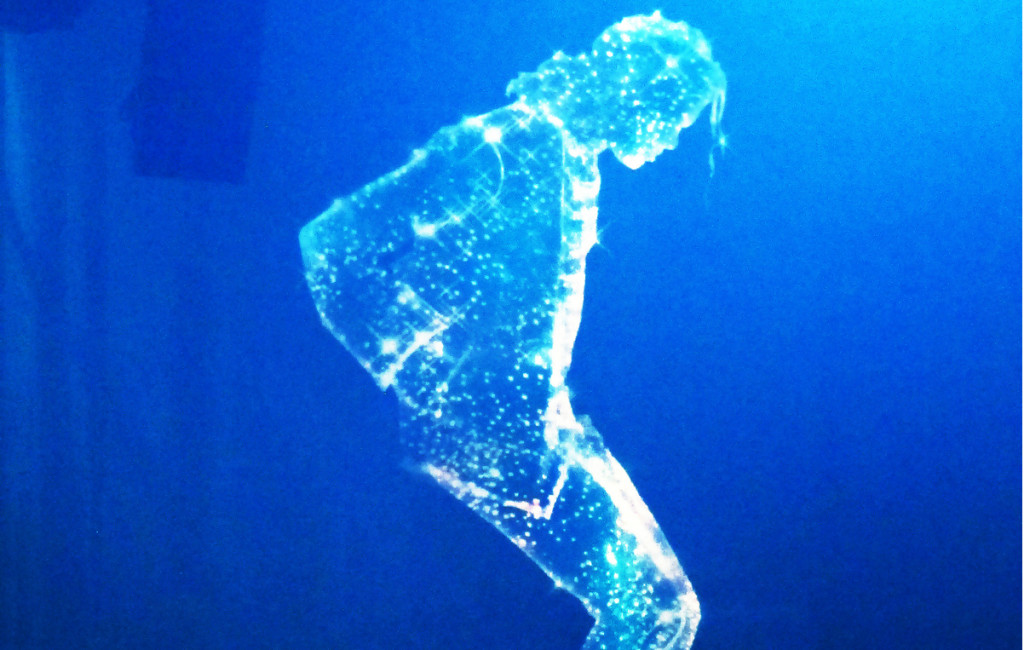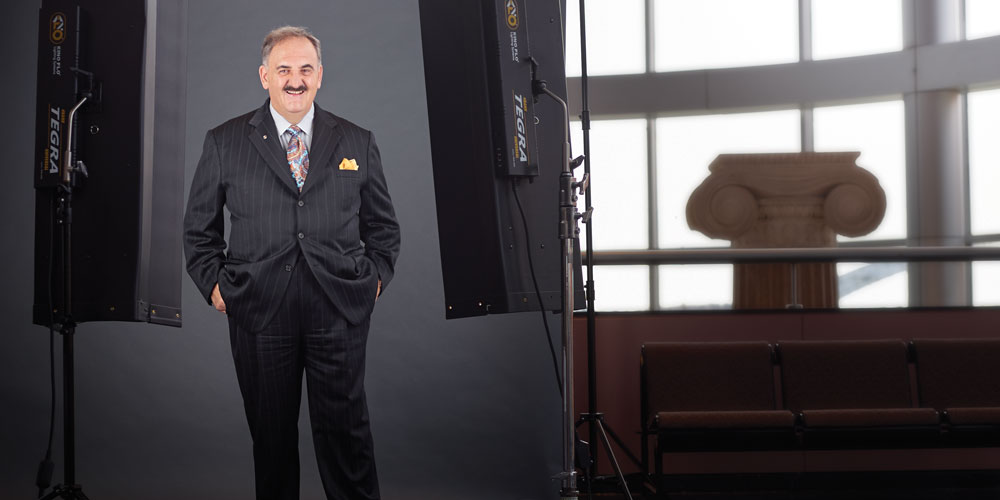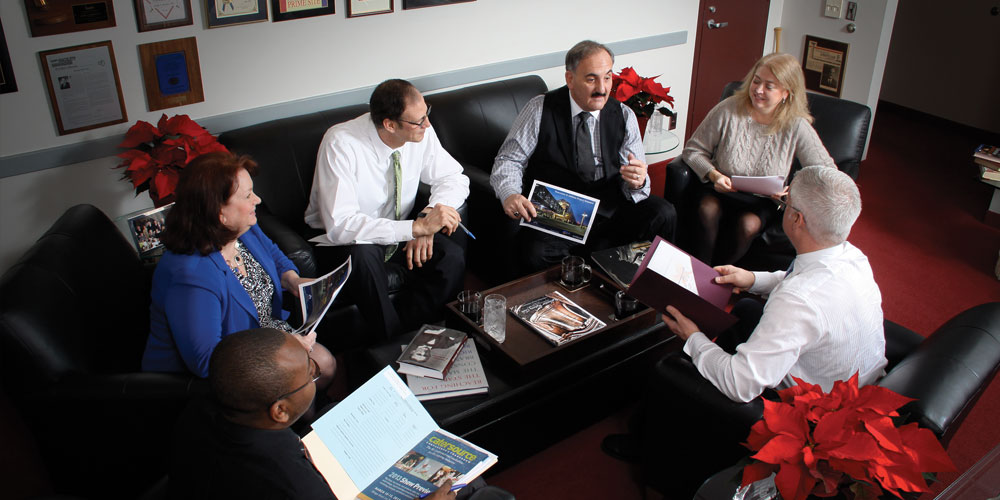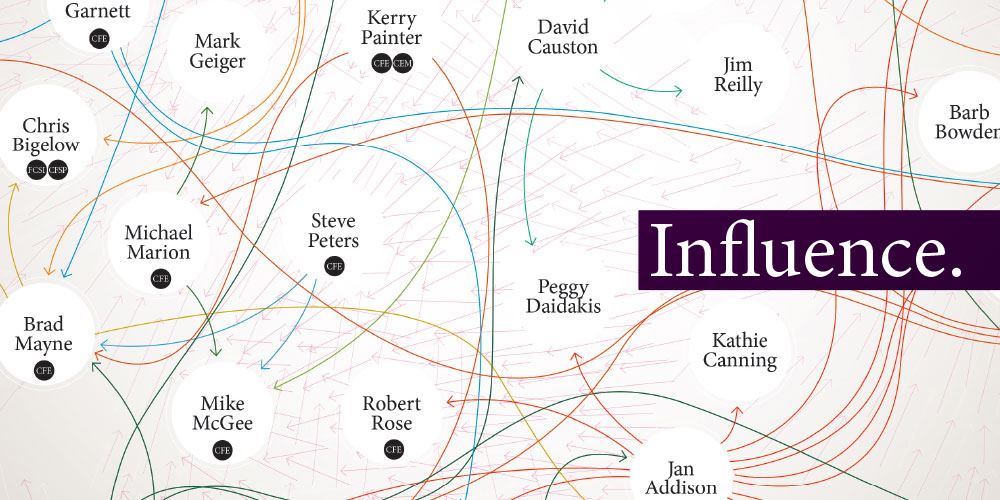Industry News Weekly Roundup
There was a lot of news this past week. Here are some stories that caught our eyes.
Michael Jackson Hologram Rocks Billboard Music Awards: Watch & Go Behind the Scenes
—Billboard
“The Michael Jackson performance on the 2014 Billboard Music Awards was the result of nearly half a year of planning, choreography and filming, not to mention the development of new technology. Producers of the Billboard Music Awards did not see even a portion of the film until eight days before the broadcast.”
Some NFL Teams Are Going Green
—The Wall Street Journal
“The NFL is part of a general effort among U.S. professional and collegiate sports leagues to embrace cleaner energy, led in part by a group launched in 2011 calling itself the Green Sports Alliance, co-founded by the Natural Resources Defense Council and Microsoft co-founder Paul Allen’s Vulcan Inc.”
NT and ATG to Trial New Technology for Deaf Audiences
—The Stage
“Ambassador Theatre Group and the National Theatre will be among the first organisations that will trial new technology, aimed at increasing access for deaf and hard of hearing audiences and providing more accurate automated captioning.”
Is Work Your Happy Place?
—The New York Times
“While work is widely viewed as the major source of stress for Americans, new research shows that people have significantly lower stress levels when they are at the office compared to their time at home.”
No Time
—The New Yorker
“How did we get so busy?”
(photo credit: PhotosByDavid via photopin cc)
Running from Bulls, Zombies, and Each Other
I don’t remember the last time someone asked me to play a game of flag football. In fact, the last team sport I played was sandlot kickball about five years ago. Today, if I’m asked to do something sporty, it’s usually along the lines of kayaking on White Rock Lake or running away from zombies in an open field.
It appears that we Americans are no longer in love with team sports. We’d rather bike, backpack, or kickbox.
Consider a recently released survey from the Sport & Fitness Industry Association that showed physical activity last year was flat. That’s actually good, because it’s been in decline for a long time.
“Individual sports and activities, though, showed bigger changes, some of them dramatic,” Carl Bialik wrote on FiveThirtyEight.com. “The number of people who participated at least once in adventure racing or a traditional triathlon increased by more than 25 percent last year compared with the year before.”
Speaking of adventure racing, in the April/May issue of FM magazine, the “Up Close” profile features The Great Bull Run that took place April 5 at Texas Motorplex. The picture above is from the race, which had 36 bulls chasing hundreds of participants.
“We had suite holders with premier seating avoid their suites completely just to get down on the fence and see the action closer,” said IAVM member Gabrielle Stevenson, president and general manager of Texas Motorplex. “We have heart-pounding action at the track often, but this takes the win for the most Go-Pros, selfies, and tomatoes I’ve ever seen.”
Oh yes, there was a tomato fight, too, which could be considered another individual sport. Well, I guess there could be tomato teams, but that would be crazy. Okay, not as crazy as being chased by bulls.
Below is a video from the bull run.
(Image: Ted Marek)
Joe Floreano, CFE, Receives the 2014 Legacy Award
The International Association of Venue Managers Foundation (IAVMF) is pleased to announce Joe Floreano, CFE, as recipient of the 2014 Legacy Award for venue management excellence. Floreano is the executive director of the Rochester Riverside Convention Center in New York.
The purpose of the Legacy Award is to recognize significant contributions of an individual or company that benefit the mission and objectives of the IAVM Foundation, leaving a legacy for the advancement of the venue management industry.
“Joe Floreano truly embodies everything that the Legacy Award represents and more. Joe is a recognized industry leader, the ultimate professional and a friend to all,” said Jason Rittenberry, CFE, chief executive officer for IRG Sports + Entertainment™ and chair of the IAVMF. “Joe has consistently encouraged his peers to support the IAVM Foundation as a way to give back to the industry. He has lead by example and inspired this commitment in others. This award could not go to a more deserving individual.”
Floreano’s legacy is legendary. He’s a past chairman of IAVM, a Charles A. McElravy Award honoree, and has received numerous awards and recognitions over the years from New York’s senate, assembly, and governor.
“Receiving the Legacy Award marks the pinnacle of a long career in an industry I love,” Floreano said.
His contributions to the industry stem from an innate desire to serve others and lead by example.
“Because of my work experience, I’ve been there and done that,” he told Facility Manager magazine in 2013. “I have the respect of everybody that works for me from the standpoint that I know their job. When they see me mopping the floor, it says a lot.”
Floreano joined IAVM in 1976. He earned his Certified Facilities Executive (CFE) designation in 1989. Floreano has served on numerous committees and received several awards including the Membership Committee, the Long Range Planning Committee, District 2 Leadership, 75th Anniversary Committee, International Task Force, IAVM’s Board of Directors, the Foundation Board of Trustees, and a Presidential Citation in 2012.
“I can’t think of anyone more deserving than Joe for this recognition. He has been tireless in his support of the Foundation for many years, and he always leads by example, giving of his own time and money to ensure the success of others,” said IAVM President and CEO Vicki Hawarden, CMP. “Anyone who knows Joe knows how much of himself he gives to anything he does, and what a huge contribution he has made to this industry.”
Floreano manages a staff of more than 700 full-time and part-time employees, and says he leads by the face he shows them, because, “You never know in your life how you have affected people.”
Floreano’s dedication to the IAVMF will definitely affect the industry positively for years to come, and for that, we’re proud to honor him with the Legacy Award.
Please join us in the congratulations by sharing your thoughts in the comments section.
Related News:
“Joe Floreano honored for achievements,” Democrat and Chronicle
“Beloved Joe Floreano honored for local work,” Democrat and Chronicle
@IAVMWHQ @JMRittenberry @visitrochester and Joe Floreano receiving the 2014 IAVM Foundation Legacy Award pic.twitter.com/T7sCF5KBdk
— Brad Mayne (@bradmayne) June 20, 2014
(Images: Ira Morris and the Rochester Riverside Convention Center)
The First U.S. Magnetic Rail Line Starts in Orlando
The Florida Department of Transportation awarded the American Maglev Technology company this week the opportunity to lease right-of-way space between the Orlando International Airport and the Orange County Convention Center.
The train system will run approximately 15 miles, and a one-way trip will take around 30 minutes. Construction is expected to be completed in 18 months.
“The Orange County Convention Center is very pleased that the Florida Department of Transportation cleared another hurdle for a potential fixed guideway transportation system,” said IAVM member Jan Addison, CFE, deputy general manager at the Orange County Convention Center. “A quality transportation system providing easy connectivity is a critical component for all destinations. Also, having a system that would eventually provide for connectivity from the airport to the convention center would not only be valuable for our attendees, but would also support sustainability efforts by having fewer cars on the road. [It’s a] win:win.”
The rail line is a privately funded project, and it’s expected that more than four million passengers a year will use it.
(Image: American Maglev Technology Inc.)
The Driving Forces of Influence in Our Industry
Imagine the most influential person in your life. Perhaps it’s a parent. A friend. Maybe a former boss. Now imagine why this person is influential. Was it the way she lead? Or could it have been the way he conducted himself?
Influence, while not always acknowledged directly, is what drives progress.
“Without the driving forces of influence the standard trade tools, no matter how cultivated or polished, can be blunt instruments,” Rob Cotter wrote for our cover story in the April/May issue of FM magazine. “Within influence’s realm, quantum leaps of progress can be made, and industry leaders are fully aware of its strength and the key role it plays in achieving their goals.”
To determine the venue management industry’s influencers, we sent out three calls for nominees, and those nominees were then asked to nominate their influencers. We put the process completely in our members’ hands. We featured as many names as we could in the infographic; however, a list of influence can never be complete, because every day brings with it new ideas and inspirations.
“As today’s industry leaders continue to plant seeds of change through their daily decisions and connection building, they make sure that their seeds are watered with the nectar of influence,” Cotter wrote. “Successful leadership is driving forward industry change for the organizational and the greater good, and in the spirit of their great American forebears is proving to be doing so through a solid declaration of influence.”
Please read “The Declaration of Influence,” and share with us who influences you and why. Influence is a conversation that will never go out of style.
Do you want to receive a Front Row News weekly digest?
Categories
- Allied (861)
- Architecture (147)
- Arenas (747)
- Career (897)
- Convention Centers (895)
- Education (623)
- Events (1,544)
- Food & Beverage (193)
- Foundation (113)
- Guest Experience (1,496)
- Industry News (2,270)
- Leadership (1,888)
- Marketing (150)
- Membership (2,000)
- Music (213)
- Performing Arts Centers (454)
- Professional Development (409)
- Research (127)
- Safety & Security (442)
- Sports (763)
- Stadiums (608)
- Student (159)
- Technology (516)
- Ticketing (92)
- Touring (82)
- Trends (364)
- Uncategorized (740)
- Universities (218)
- Video (25)
- Young Professional (198)
Twitter Feed
- Twitter feed loading
Recent Posts
- Welcome to Our Newest Members
- New Member Benefit! IAVM Partners with Advantage Training to Elevate Staff Readiness and Guest Experience
- Charlotte Convention Center Welcomes Two New Leaders to its Management Team
- Fort Worth Cuts Ribbon on Phase 1 of Convention Center Expansion
- Raleigh Convention Center Update Following December 1st Fire
Categories
- Allied
- Architecture
- Arenas
- Career
- Convention Centers
- Education
- Events
- Food & Beverage
- Foundation
- Guest Experience
- Industry News
- Leadership
- Marketing
- Membership
- Music
- Performing Arts Centers
- Professional Development
- Research
- Safety & Security
- Sports
- Stadiums
- Student
- Technology
- Ticketing
- Touring
- Trends
- Uncategorized
- Universities
- Video
- Young Professional
Archives
- December 2025
- November 2025
- October 2025
- September 2025
- August 2025
- July 2025
- June 2025
- May 2025
- April 2025
- March 2025
- February 2025
- January 2025
- December 2024
- November 2024
- October 2024
- September 2024
- August 2024
- July 2024
- June 2024
- May 2024
- April 2024
- March 2024
- February 2024
- January 2024
- December 2023
- November 2023
- October 2023
- September 2023
- August 2023
- July 2023
- June 2023
- May 2023
- April 2023
- March 2023
- February 2023
- January 2023
- December 2022
- November 2022
- October 2022
- September 2022
- August 2022
- July 2022
- June 2022
- May 2022
- April 2022
- March 2022
- February 2022
- January 2022
- December 2021
- November 2021
- October 2021
- September 2021
- August 2021
- July 2021
- June 2021
- May 2021
- April 2021
- March 2021
- February 2021
- January 2021
- December 2020
- November 2020
- October 2020
- September 2020
- August 2020
- July 2020
- June 2020
- May 2020
- April 2020
- March 2020
- February 2020
- January 2020
- December 2019
- November 2019
- October 2019
- September 2019
- August 2019
- July 2019
- June 2019
- May 2019
- April 2019
- March 2019
- February 2019
- January 2019
- December 2018
- November 2018
- October 2018
- September 2018
- August 2018
- July 2018
- June 2018
- May 2018
- April 2018
- March 2018
- February 2018
- January 2018
- December 2017
- November 2017
- October 2017
- September 2017
- August 2017
- July 2017
- June 2017
- May 2017
- April 2017
- March 2017
- February 2017
- January 2017
- December 2016
- November 2016
- October 2016
- September 2016
- August 2016
- July 2016
- June 2016
- May 2016
- April 2016
- March 2016
- February 2016
- January 2016
- December 2015
- November 2015
- October 2015
- September 2015
- August 2015
- July 2015
- June 2015
- May 2015
- April 2015
- March 2015
- February 2015
- January 2015
- December 2014
- November 2014
- October 2014
- September 2014
- August 2014
- July 2014
- June 2014
- May 2014
- April 2014
- March 2014
- February 2014
- January 2014
- December 2013
- November 2013
- October 2013
- September 2013
- August 2013
- July 2013
- June 2013
- May 2013
- April 2013
- March 2013
- February 2013
- January 2013
- May 2012
- March 2012
- December 2011
- November 2011
- October 2011
Recent Comments
- Frank Bradshaw, Ph.D., CVE on John Meyer, CVE, a Tireless Advocate of Certification for Venue Professionals, Has Died
- Neil Sulkes on Hilary Hartung, Friend to Many in Venue Marketing, Has Left Us
- Jason Parker, CVE on The Devastation of Hurricane Helene and How We Can Support One Another
- Larry Perkins on Touhey Testifies Against Speculative Ticketing Before Congressional Subcommittee
- Peter Secord on Major Players for Planned Elkhart Amphitheater Were in the Mix at VenueConnect






